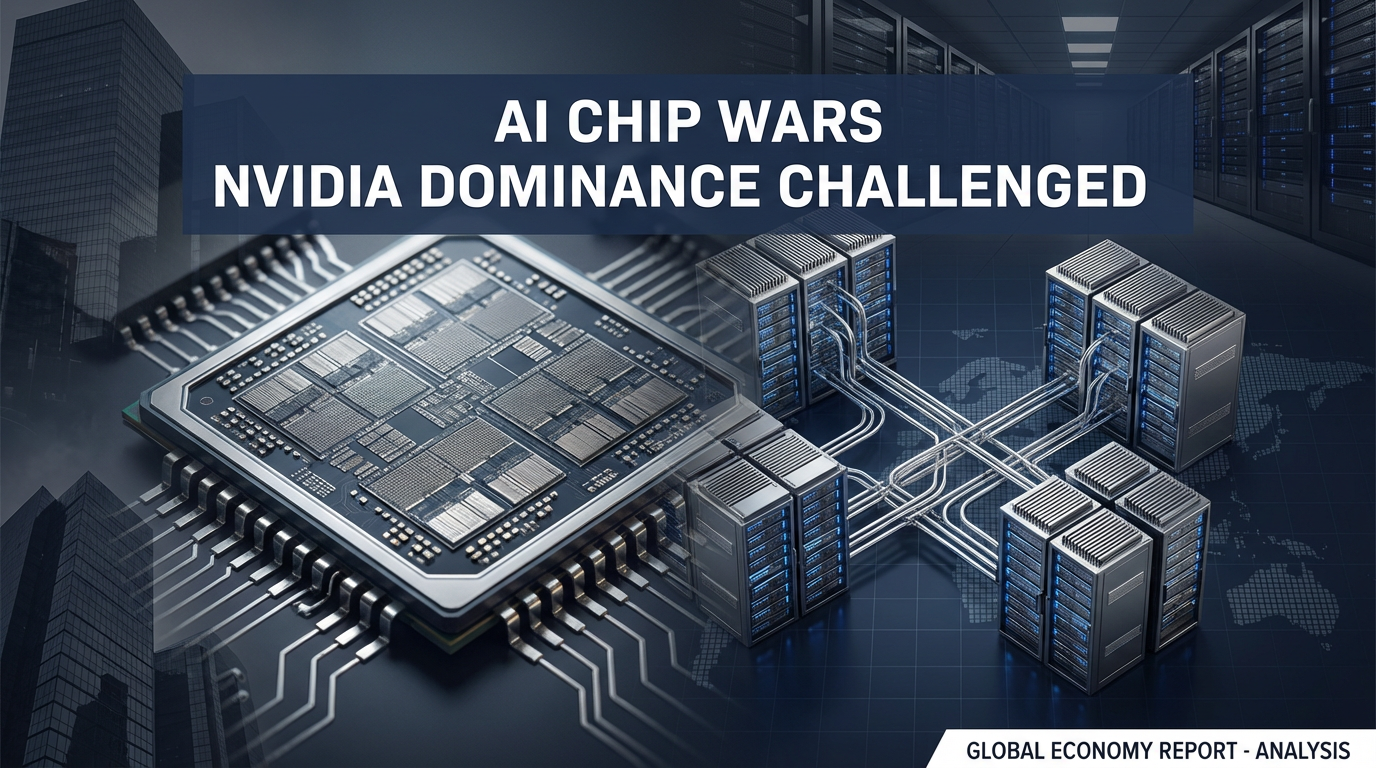● Brain Drain – Robots Leaving Korea
Humanoid Robots: A Future Strategy Driving Global Manufacturing and Innovation
2000: Honda Asimo and the Initial Challenge
Honda's Asimo, the early humanoid robot introduced in 2000, astonished the world.
At that time, Japan seemed to be leading the way, but the paradigm shifted as China rapidly began to penetrate the market.
Considering not only Japan's technological prowess but also the economic outlook of the United States, Europe, and South Korea, it foreshadows significant changes in the global manufacturing ecosystem.
This moment marked the beginning of innovation, and humanoid robots combined with artificial intelligence technology emerged as a key keyword in future industries.
China’s Price Competitiveness and Bare-bones Option Strategy
Chinese companies emphasize "bare-bones options" to produce humanoid robots cheaply.
For example, basic models reduce production costs by developing robots around 130cm with minimal options.
This strategy has gained significant traction among consumers and research institutions seeking research, leisure, and basic mobility functions at low prices.
However, it is emphasized that high-spec robots around 160cm are essential for work efficiency and utilization in industrial sites.
Global Competition and the Possibility of Mass Production
The United States is already intensely engaged in the development of humanoid robots, and China is closely following suit through technology and production processes.
For large corporations such as Samsung Electronics and Hyundai Motor, if the technology is available, mass production is simply a matter of decision.
Tesla and Amazon are also changing the landscape of this market with strong ownership and strategic drive.
National strategies, support policies, and talent development are important variables in the global economic outlook.
Competition between Artificial Intelligence, Physical AI, and Open AI
With the recent rise of Physical AI technology, a competitive landscape is forming between Open AI and Physical AI in the field of artificial intelligence.
The combination of AI terminals and software, as well as the importance of hardware, is highlighted, which is linked to the performance of humanoid robots and affects production innovation.
Major countries such as the United States and China are continuing their efforts to seize market leadership through the convergence of artificial intelligence technologies.
Parts Supply Chain and Establishment of a Domestic Robot Ecosystem
Humanoid robots are the result of assembling hundreds of parts, making the role of the parts industry and vendor chains very important.
Market expansion is possible only when an ecosystem is formed with primary and secondary vendors and partners, as in the automotive industry.
In South Korea, it is necessary to strengthen the overall economic production base by not only producing robot end products but also localizing parts.
Policy support, along with the efforts of practitioners in each department, must be devoted to revitalizing the industry.
Future Success Cases and Challenges for Young Talents
Success cases in the field of humanoid robots and related technologies can stimulate the dreams and challenges of young talents.
Based on the technologies and know-how accumulated so far in universities, research institutes, and startups, significant advancements are expected in global manufacturing, artificial intelligence, and innovative technology fields.
Along with this, the economic compensation structure of society as a whole will be reorganized, and it is expected to establish itself as a representative icon of the Fourth Industrial Revolution.
From the perspective of the global economic outlook and manufacturing innovation, humanoid robots rapidly emerged due to China's price competitiveness and bare-bones option strategy after Honda's Asimo in 2000.
The United States, China, and other advanced countries are pursuing market leadership through mass production and the convergence of artificial intelligence technologies, and the establishment of a domestic parts industry and ecosystem is also becoming important.
It is expected that young talents will challenge and create success cases, establishing themselves as key players in the Fourth Industrial Revolution.
Keywords: Global Economic Outlook, Humanoid Robots, Artificial Intelligence, Manufacturing, Innovation
[Related Articles…]
*YouTube Source: [와이스트릿 – 지식과 자산의 복리효과]
– “미국행, 아니면 의대행” 수준높은 로봇 인재들이 한국을 탈출하는 이유 / 한재권 교수 (3부)



